
Blogs on Hyposalivation in the elderly, powered toothbrushes for patients undergoing orthodontic treatment and the impact of smoking on the outcomes of non-surgical periodontal treatment were our most popular blogs.
[read the full story...]
Blogs on Hyposalivation in the elderly, powered toothbrushes for patients undergoing orthodontic treatment and the impact of smoking on the outcomes of non-surgical periodontal treatment were our most popular blogs.
[read the full story...]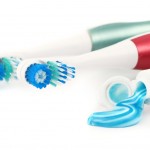
Typically, fixed appliance orthodontic treatment can last 18-24 months. As the presence of orthodontic appliance encourages plaque accumulation the maintenance of good oral hygiene is important is prevent adverse oral health outcomes. The small head sizes of powered toothbrushes are considered to assist effective oral hygiene and have been sown to benefit oral health. The [read the full story…]
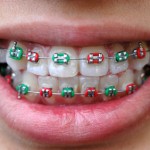
This review of the effect of powered and manual toothbrushes on oral health during fixed applinace orthodontic treatment included 7 RCTs. The findings suggest no diference between the toothbrush types. However the quality of the evidence is low and the studies are of short duration.
[read the full story...]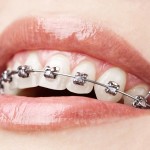
This review comparing the duration of fixed orthodontic treatment between adults and adolescents included 11 studies the majority of which were retrospective. Meta-analyses indicated no statisticall or clinical differences in duration although the quality of the available evidence was low to very low.
[read the full story...]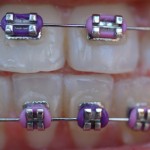
This review looking at the optimal force magnitude for achieving orthodontic tooth movement included 12 studies suggesting there is weak to moderate evidence showing that forces ranging between 50 cN and 100 cN are optimal for the rate of orthodontic tooth movement.
[read the full story...]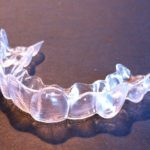
This review assessing the predictability of clear aligners and treatment outcomes of clear aligner therapy compared with fixed appliance therapy included 7 small studies of limited quality.
[read the full story...]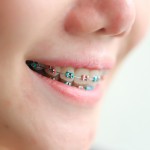
This Cochrane review update evaluates whether topical fluoride reduces the proportion of orthodontic patients with new demineralised lesions (white spot lesions). In included 10 studies finding some low certainty evidence that some topical fluorides reduced white spot lesions.
[read the full story...]
This review of self-applied topical fluorides for the prevention reversal of enamel white spot lesions during fixed orthodontic treatment included 3 RCTs two of which were at high risk of bias.
[read the full story...]
This reviews of external root resorption (ERR) in patients receiving clear aligners treatment (CAT) with those being treated with fixed appliances included 11 observational studies. While the findings suggest ERR may be lower in patients treated with CAT the quality of the evidence is limited.
[read the full story...]
This review of direct and indirect bonding techniques for orthodontic backet placement included 8 small RCTs of limited quality suggesting no significant difference in bracket placement accuracy, oral hygiene status and bond failure rate.
[read the full story...]